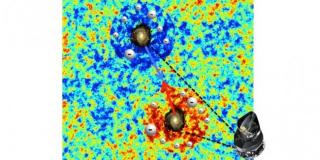
The meeting, in which personnel of the TIC of the Spanish universities and research centres are taking part, can be followed with streaming, and for the first time with 4k definition on the website http://www.rediris.es/jt/jt2015
Advertised on




